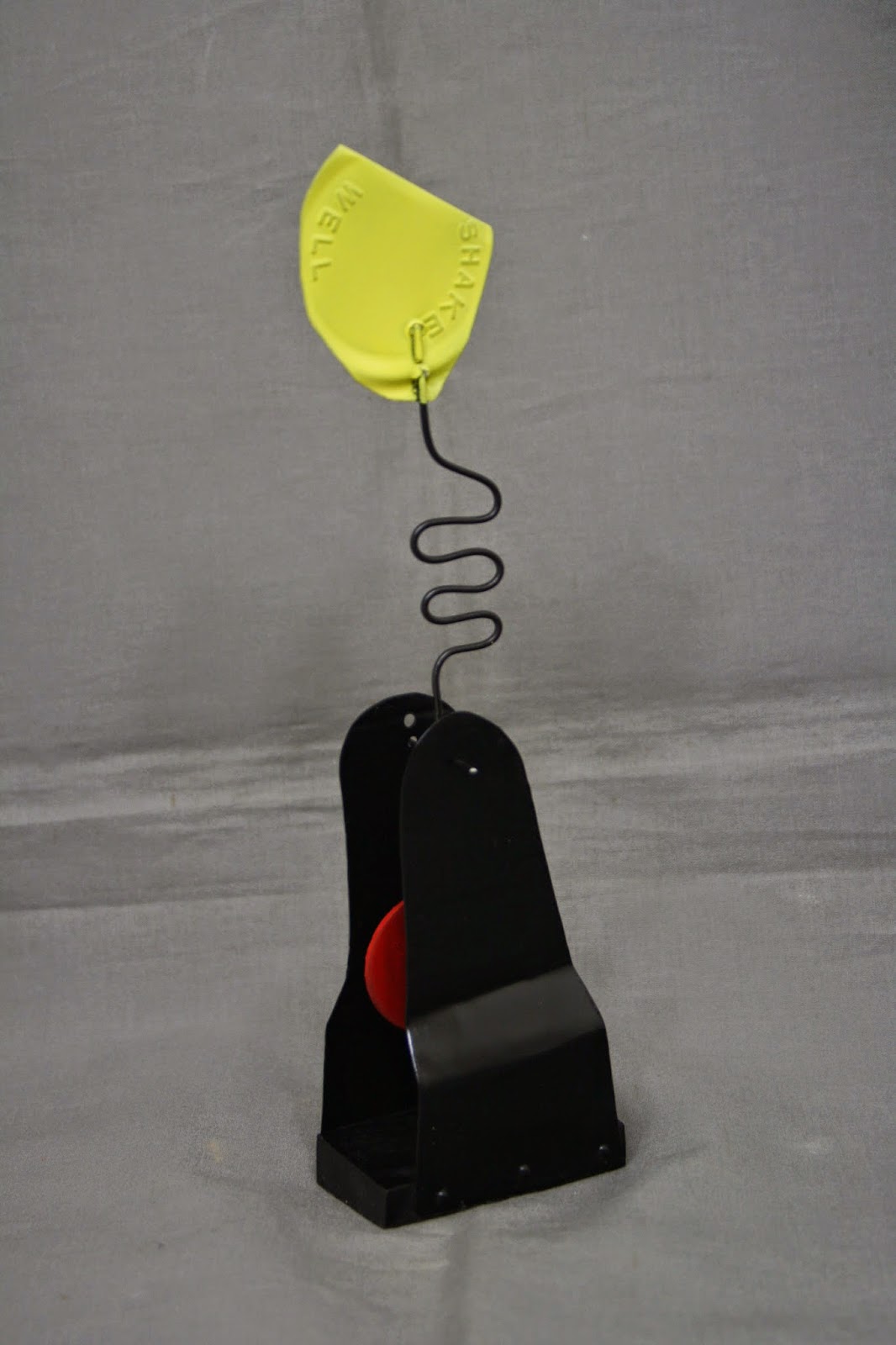Then I remembered I have a router table for my router, and with a slight modification I could make this fit the router table. I only had to make a different sized miter slot guide.
Here's how it works: The jig has an interchangeable key-plate, one for each size finger joint you want to make. I made three: a 1/4 in., 3/8 in. and 1/2 in. plates, held in place with 2 screws. Shown above is the 1/4 in. plate. You put on the key plate that you want to use and make a test cut. After the first cut, the slot you just cut is moved over and place over the "key", and make another cut. Repeat those steps for each cut. If needed, that black front plate can be adjusted with the micro-adjustment screw at the end of that plate. The plate is then tightened in place with wing nuts (on the back side).
What is nice about this jig is that you can cut all the finger joints for your box at the same time by stacking the wood and then putting a clamp on it so nothing moves. This jig is amazingly precise for something I just whipped out in one afternoon.
Below is a photo of the first two boxes I made with this jig. There's a bit of tear-out on a few of the finger joints; a problem I've since remedied using a sacrificial piece of wood on the blade side of the stack of wood when cutting. Both boxes are made of the same wood; oak tops and bottoms and spruce for the sides. The larger box is stained. The small box, not stained, is 2 in. square on the top, a little less on the sides.












